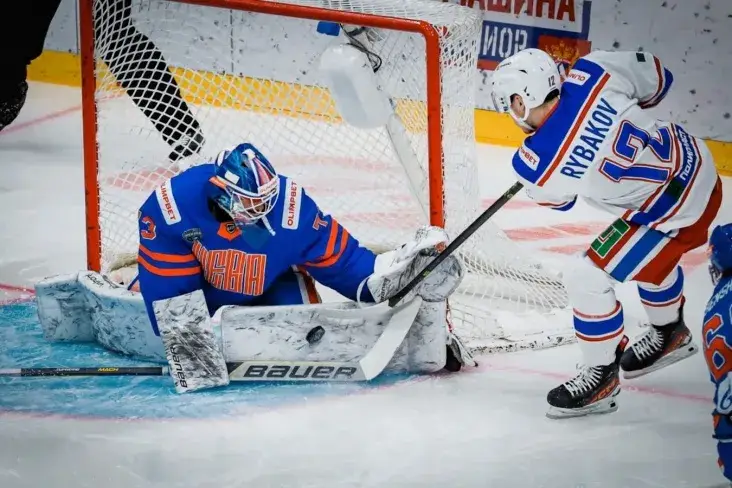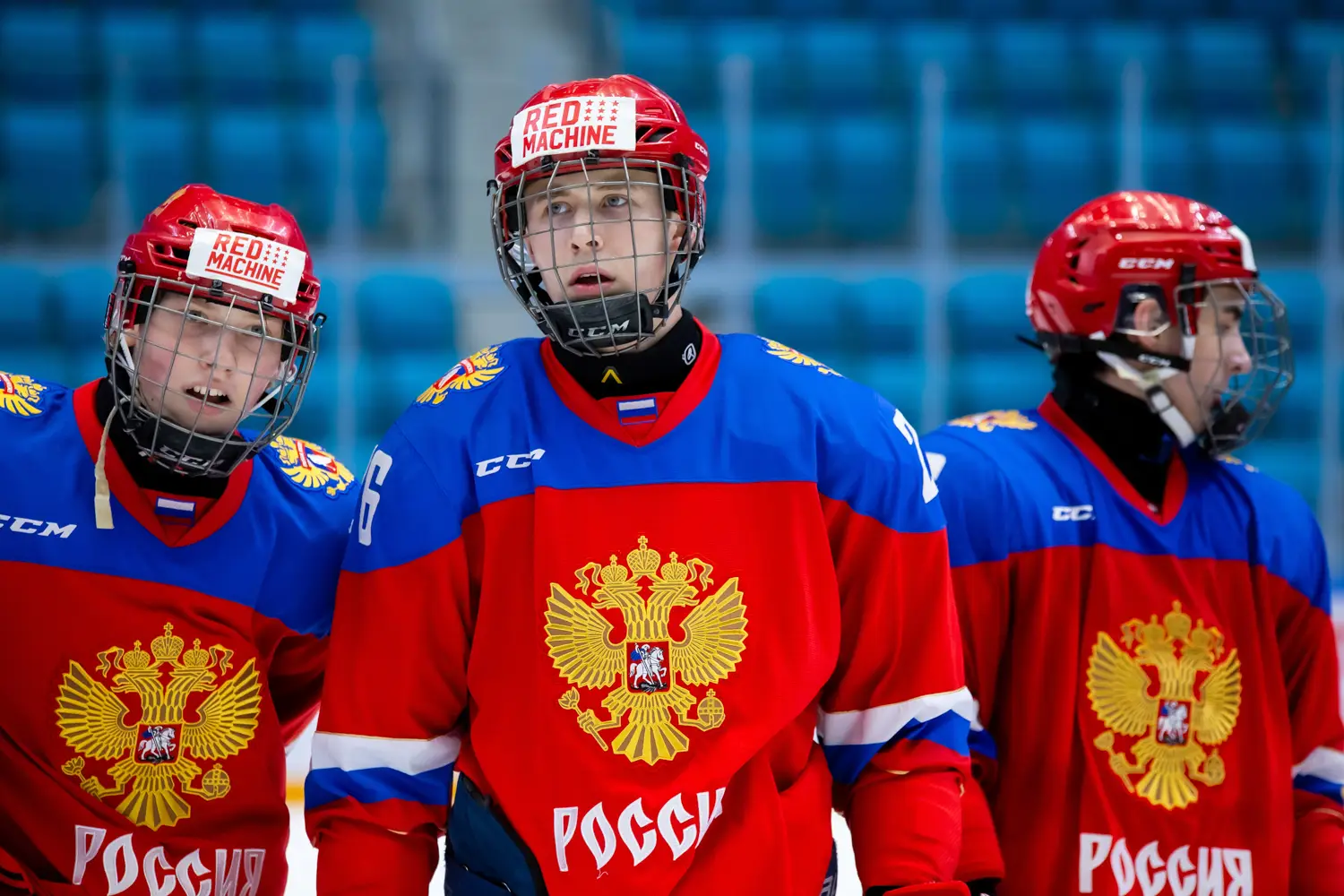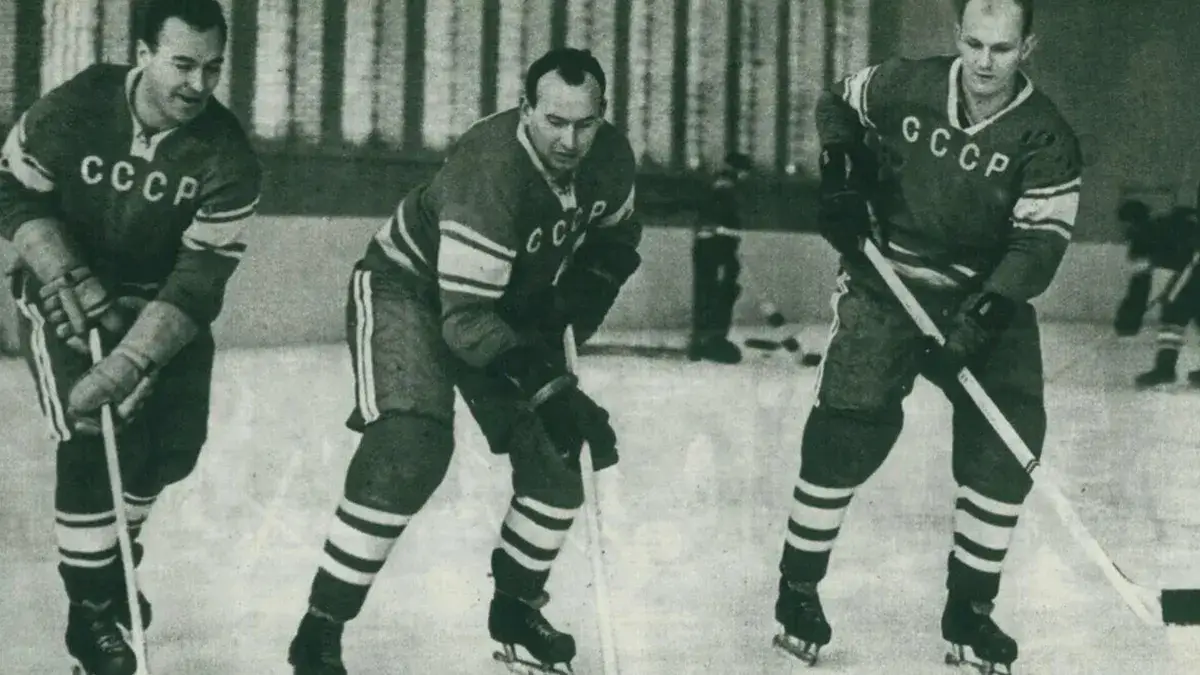In hockey, every shot on goal is a challenge, and only the best goalies can accept it and emerge victorious. Heroism on the ice is not just the ability to stop the puck, it is an art where every moment can become legendary. The great masters were the real shields of their teams, saving them more than once or twice in the most critical moments. In this article, we will talk about them and tell you about the goalies who left their mark in history, turning their saves into legends.
Vladislav Tretiak: the golden shield of the Soviet Union
Vladislav Tretiak is familiar to every sports fan. His path to the top was difficult and thorny, starting with his first steps in hockey in the small sports club CSKA, where he began training at the age of eight. The athlete’s coach was the famous specialist Anatoly Tarasov, who immediately noticed the potential in the young player. Tretiak trained 6-7 hours a day, not missing a single session, even if he had to get up at 5 a.m.

From an early age, he stood out for his incredible reaction and tenacity, which allowed him to progress quickly. At 17, he already played for the USSR national team at the World Championship, and it was there that he began to show his skills on the international arena. Tretiak defended the colors of the national team in the most important matches, including the famous 1972 Summit Series against Team Canada, where his play helped demonstrate the strength of Soviet hockey to the world. This determination and tireless work led him to the top, where he became part of hockey history as one of the best goalies.
Legendary saves in hockey history
The most important matches in Tretiak’s career are not only his history, but also the history of the entire country. The 1972 World Championship, when he stopped a series of shots against the strongest Canadian players, became a symbol of fortitude and skill. His legendary saves in hockey history did not just stop the puck – they brought victory and joy to millions of Soviet fans. Tretiak repeatedly saved the goal at moments when, it would seem, nothing could stop a goal, and thanks to this, he became a symbol of an entire era.
Impact on the world stage
Tretiak was not only an excellent goalkeeper, but also a true ambassador of Soviet hockey on the world stage. His unique style of play, fast movement and unpredictable actions changed the perception of goalies in the world. Vladislav became the first Soviet hockey player to receive an offer to play in the NHL, which in itself speaks of his importance. Even after finishing his career, he remained an active participant in hockey life, teaching young players and confirming his status as one of the greatest goalies in history.
Patrick Roy: The King of the Butterflies
 Patrick Roy has always been known for his emotional style of play. His passion for hockey was evident in every movement and dive for the puck. From the very beginning of his career, Roy showed incredible dedication and determination. His hockey journey began at a young age in Quebec, and with each passing year he demonstrated phenomenal progress. Already in 1984, he made his debut in the NHL for the Montreal Canadiens, where he made a real splash.
Patrick Roy has always been known for his emotional style of play. His passion for hockey was evident in every movement and dive for the puck. From the very beginning of his career, Roy showed incredible dedication and determination. His hockey journey began at a young age in Quebec, and with each passing year he demonstrated phenomenal progress. Already in 1984, he made his debut in the NHL for the Montreal Canadiens, where he made a real splash.
Roy invented the “butterfly” stance, which radically changed the technique of goalies and became a new standard. He developed it based on his flexibility and reaction speed, deciding that completely covering the lower part of the goal would be the most effective way to block shots. The unique technique – spreading out on the ice, closing all possible angles of attack – was a real discovery and brought the athlete the title of one of the best goalies in hockey.
In 1986, Patrick Roy led the Montreal Canadiens to the Stanley Cup, confirming his place among the elite of the hockey world.
One of the leaders in the NHL
Roy earned his place among the best goalies in the NHL with three Stanley Cups and numerous individual awards. His ability to stay focused in the most intense situations and save the most difficult pucks made him a legend. Many young goalies aspired to copy his tactics and style of play, which speaks to the scale of his influence. He proved that a goalie is not just a part of a team, but a key figure on which success depends.
The role of a coach and his legacy
After retiring from playing, Patrick Roy became a coach, passing on his knowledge to the next generation. His coaching approach included not only developing physical skills, but also working on mental toughness, which made his students stronger. The hockey goalies trained by Roy continued his legacy on the ice, demonstrating incredible skill and endurance in the most difficult matches.
Dominik Hasek: the Czech genius who had no equal
Dominik Hasek began his career in difficult conditions, when the hockey infrastructure in Czechoslovakia was limited. From childhood, he demonstrated extraordinary reactions and fantastic flexibility. Hasek began his career in his hometown of Pardubice, training on the local ice rink. His abilities were quickly noticed. Already at the age of 16, the guy debuted for the main team of the Dukla Jihlava club, which was one of the leading in the country.
The athlete’s style was so unusual that many coaches did not know how to classify him. Hasek combined incredible flexibility with almost acrobatic dexterity. He often made saves that seemed impossible – somersaults, rolls, sharp jumps in different directions. It was a completely unconventional approach, based on his natural flexibility and ability to instantly react to a shot. This style did not always fit into the framework of classic goaltending training, but it was this unconventional approach that allowed Hasek to become one of the best goalies in hockey, whose unique style of play turned out to be incredibly effective and was later included in textbooks on goaltending.
Legendary goalie
Hasek is a name that commands respect from all hockey fans. He was a true maestro of the goal, who literally felt the game and anticipated the actions of his opponents. His saves in NHL games still cause admiration, and his ability to get up after heavy defeats and continue to fight is inspiring.
Olympic gold and national pride
One of the key moments in the career of Dominik Hasek was the victory at the 1998 Olympic Games, when the Czech team unexpectedly won gold. The athlete was at the peak of his powers in that Olympics, making an incredible number of saves and literally carrying his team to first place. This victory cemented his status as one of the greatest goalies and became a symbol of Czech national pride.
Conclusion
 Hockey’s best goalies are true masters of their craft, capable of changing the game with a single move. Their legendary saves and incredible dedication have made the sport what it is today: dynamic, spectacular and unpredictable. The goalies spoken of – Tretiak, Roy and Gashek – will forever remain symbols of courage and skill. Each of them has made an invaluable contribution to the development of world hockey.
Hockey’s best goalies are true masters of their craft, capable of changing the game with a single move. Their legendary saves and incredible dedication have made the sport what it is today: dynamic, spectacular and unpredictable. The goalies spoken of – Tretiak, Roy and Gashek – will forever remain symbols of courage and skill. Each of them has made an invaluable contribution to the development of world hockey.

 en
en  ru
ru  de
de  ar
ar  es
es  hi
hi  fr
fr  nl
nl  it
it  pt
pt  el
el 



